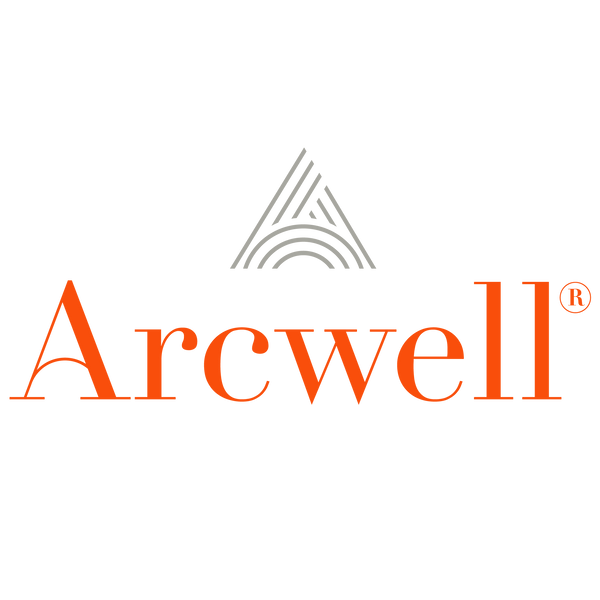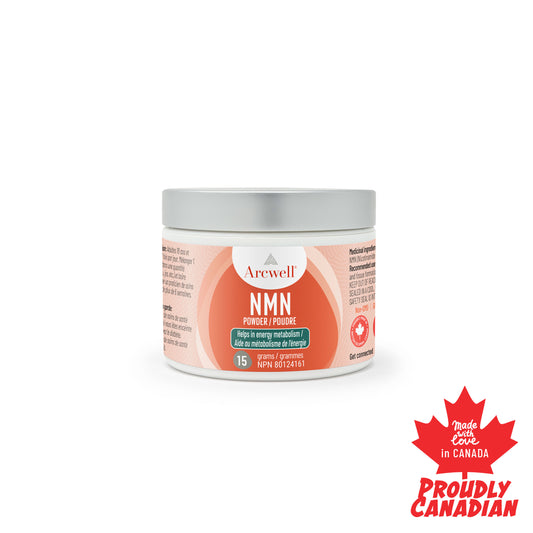
What the 3rd NMN Clinical Trial in Runners Revealed
Share
We here give you our inputs on the third human clinical trial of nicotinamide mononucleotide (NMN) just published in the “Journal of the International Society of Sports Nutrition” on July 8th, 2021.
Here we have the third NMN Human clinical trial to confirm IF the health exercise capacity benefits observed in mice supplemented with NMN can be translated to humans. This study investigates the effects of a combination of exercise training and NMN supplementation on cardiovascular fitness in healthy amateur runners. This is great news for me and for those who are considering taking NMN to improve exercise performance.
Let’s get into it:
This study is a six-week randomized, double-blind, placebo-controlled, four-arm clinical trial including 48 healthy participants, 40 males and 8 females aged 27 to 50. All participants have a regular exercise routine for 1 to 5 years. The participants were randomized into four groups as you can see in Table 1: the control group as placebo, lower dose with 300 mg, medium-dose 600 mg, and high dose 1200 mg daily of NMN supplementation. Each group consisted of ten males and two females. The baseline characteristics such as BMI, body fat, and Maximum Oxygen consumption (VO2max) were established. The NMN was orally administrated by powder twice a day, at breakfast and lunchtime before training for 6 weeks.

Each participant conducted 5 to 6 times per week aerobic exercise including running and cycling, with a single training session lasting for 40 to 60 min. At the end of 6 weeks’ intervention, Cardiopulmonary exercise testing (CPET) was performed to assess the aerobic capacity of the runners. The measurement was done by using the stationary bike not the treadmill in this study.
Summary of the results:
-
Exercise with NMN supplementation did NOT change body composition, including body mass, BMI, Free Fat Mass (FFM), and body fat % as you can see in table 2.

Here is a little comment. This result is expected since all participants were within the considered good standing of BMI and body fat % as reported. In this case, there is not much room for BMI and body fat to be improved. It’s worth mentioning that we can’t compare this data with the mice study where the mice have high adipose fat content.
-
Exercise with NMN supplementation enhances Ventilatory threshold and power at VT1 and VT2
For your information, the ventilatory threshold (VT), represents a level of intensity where blood lactate accumulates faster than it can be cleared, which causes the person to breathe faster to blow off the extra CO2 produced by the buffering of acid metabolites. How do you know your ventilatory threshold? Just run an experiment measuring your oxygen consumption by increasing exercise intensity vs. the amount of air breathed per minute then you can get these values and plot a graph. The first ventilatory threshold (VT1) is the point at the first inflection and the VT2 is at the second inflection.
The results from this study revealed that 6 weeks of endurance exercise combined with NMN supplementation in amateur runners enhanced the oxygen consumption (VO2), and percentages of maximum oxygen uptake (VO2max) as you can see in table 3. In addition, power at the first ventilatory threshold (VT1), and power at the second ventilatory threshold (VT2) increased to a higher degree in the medium and high dosage groups compared with placebo as you can see in table 4.
Compared to exercise alone, the results indicated that NMN supplementation increases the ventilatory threshold due to an improved ability of oxygen utilization by skeletal muscles. No added effect on cardiac function was observed.


-
The improvement of aerobic exercise capacity is dose-dependent. Just for your information, a human dose is about 1/10 compared to a mouse. Therefore 50, 100, and 200 mg/kg a day of NMN for mice is approximately 300, 600, and 1200 mg a day for humans of 60 kg body weight. Unlike the results observed in mice, a larger dose of NMN had better effects on improving the ventilatory threshold. No effect on physical function such as grip strength, push-ups, or sit-and-reach was found, however, a daily dose of 600 mg and 1200 mg NMN significantly improved the single-leg stance test as you can see in Table S5.

So what are the take-home messages:
- The 1st NMN clinical trial in 10 healthy men only proved that in humans a single oral dose from 100 to 500 mg is safe. This study showed it is safe to take 300 to 1200 mg per day for 6 weeks without any adverse effects or abnormal ECG.
- Aerobic exercise along with NMN supplementation improved the ventilatory threshold even in healthy young males and females.
- Improvement of aerobic capacity is dose-dependent: THE BIGGER DOSE THE BETTER EFFECTS.
- The improvement is related to skeletal muscle, not cardiac, related. If you recalled from the 2nd clinical trial, NMN did increase NAD+ metabolites in skeletal muscle, so it makes sense the improvement of aerobic capacity in this clinical trial may come from the skeletal muscle.
The results may not be what you expect, but we may all appreciate the time and dedication of the researchers to bring us ONE MORE PIECE OF THE NMN PUZZLE in humans.
References:
Liao et al. Journal of the International Society of Sports Nutrition (2021) 18:54











